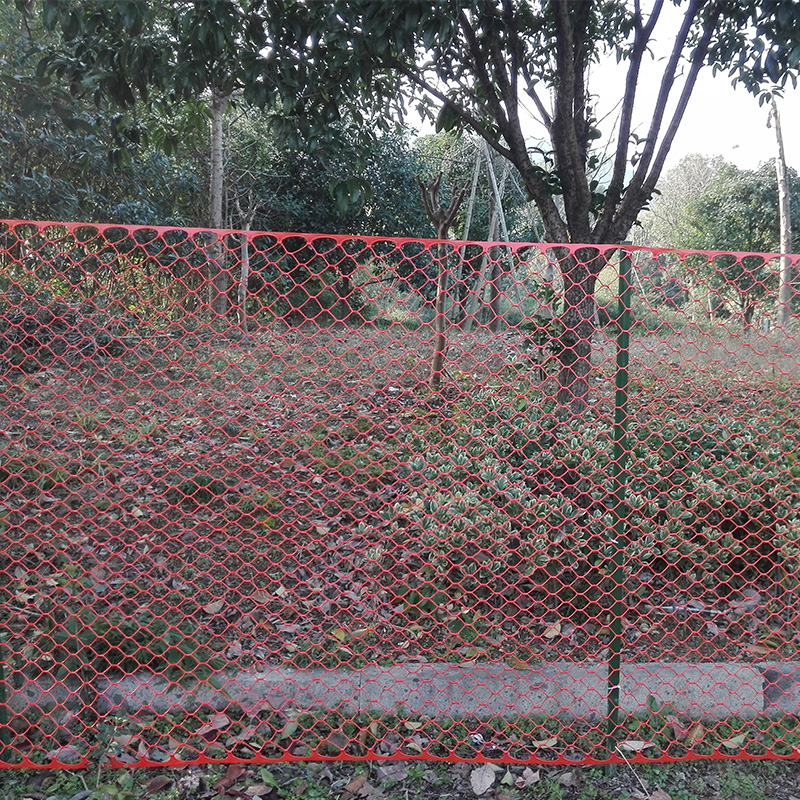Poultry farming is a significant component of the global agricultural industry, providing a vital source of protein in the form of eggs and meat. As the demand for poultry products continues to grow, farmers are constantly seeking innovative and efficient methods to improve their operations. One such solution that has gained popularity is plastic poultry netting. However, the question remains: Is plastic poultry netting the ideal solution for poultry farmers?
Plastic poultry netting, also known as plastic chicken wire, is a type of mesh material used mainly for poultry and agricultural fencing. Unlike traditional metal wire netting, plastic poultry netting is constructed of high-density polyethylene (HDPE) plastic, which makes it lightweight, durable, and resistant to rusting and corrosion.
One of the significant advantages of plastic poultry netting is its flexibility and ease of installation. Unlike metal wire netting, which is mostly rigid and difficult to manipulate, plastic poultry netting can be cut, shaped, and molded to fit the desired shape and size. This makes it an excellent option for a variety of applications, including poultry fencing and protecting fruit trees and gardens from birds and other small animals.
Another notable feature of plastic poultry netting is its UV resistance. Unlike traditional metal wire netting, plastic poultry netting is resistant to fading, cracking and becoming brittle due to prolonged exposure to the sun. This feature makes it an excellent choice for outdoor applications, where it is exposed to harsh weather conditions.
One of the essential uses of plastic poultry netting is in poultry farming. The plastic netting is mainly used to create a protective enclosure or fencing around the poultry farm to keep the birds safe from predators, including foxes, raccoons, and other small animals. The netting is also used to secure the birds' enclosure and create partitions within the poultry housing structure.
Plastic poultry netting is also used in agriculture to create protective fencing around trees, crops, and gardens. The netting helps to keep birds, rodents, and other small animals from destroying crops and fruit trees. The plastic netting is also used to create protective fencing around garden beds to retain soil and debris.
In recent years, there has been an increasing focus on eco-friendly products, and plastic poultry netting is no exception. Most modern plastic poultry netting is made of recycled materials, and the netting itself is recyclable at the end of its life. This contributes to sustainability and helps to reduce the environmental impact of plastic netting.
In conclusion, plastic poultry netting is an excellent alternative to traditional metal wire netting. Its durability, flexibility, UV resistance, and environmental sustainability make it an excellent choice for various applications, including poultry farming and agricultural fencing. Its adaptability and ease of installation make it a cost-effective and practical solution for any fencing need.


Hexagonal mesh is mainly called as poultry net, widely used in caging poultry and isolating the other animals or farm areas.
Also it can be used between railings and split the rail fence.
With no sharp edges, it is easy to intall and take down without danger.


 English
English 中文简体
中文简体






